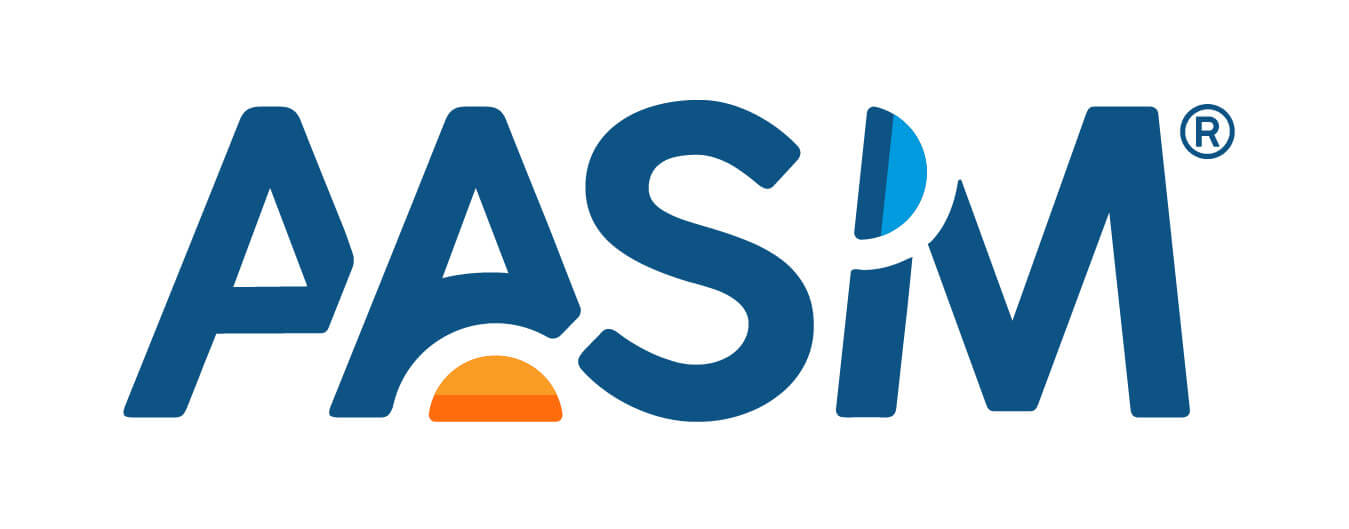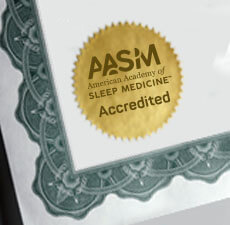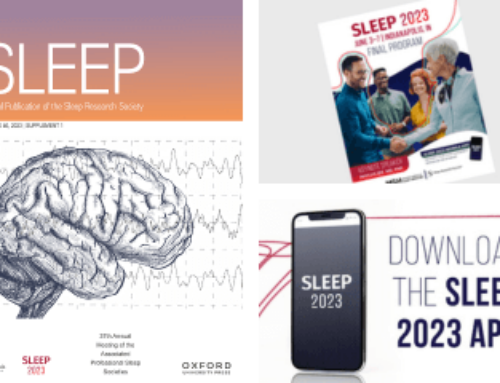WESTCHESTER, Ill. – Obstructive sleep apnea (OSA) is a chronic condition in which enhancement of patient self-efficacy is critical for long-term management. One of the most important ways to help these patients manage their OSA is to effectively educate them about continuous positive airway pressure (CPAP), the most common and effective treatment for OSA, according to a research abstract that will be presented Wednesday at SLEEP 2007, the 21st Annual Meeting of the Associated Professional Sleep Societies (APSS).
The study, authored by Wendy Moore, of the Mayo Foundation for Medical Education and Research, was based on interviews with 12 patients with newly-diagnosed OSA to learn more about their initial experiences. Moore found that two-thirds of patients approached their evaluation with a hope for improvement in their overall quality of life. However, Moore also found widely varying reactions to CPAP. Fifty percent were open to CPAP, while 25 percent expressed outright fear and 17 percent disappointment. Forty-two percent viewed CPAP as the lesser of two evils.
“The study participants recognized the impact of sleep apnea on their quality of life. The significant number of negative initial responses suggests that the ability to effectively educate patients about CPAP is of paramount importance,” said Moore.
Persons who think they might be suffering from OSA, or another sleep disorder, are encouraged to consult with their primary care physician, who will refer them to a sleep specialist.
OSA affects an estimated 15 million to 20 million Americans, as well as millions more who remain undiagnosed and untreated.
Scientific evidence shows that CPAP is the best treatment for sleep apnea. CPAP provides a steady stream of pressurized air to patients through a mask that they wear during sleep. This airflow keeps the airway open, preventing the pauses in breathing that characterize OSA and restoring normal oxygen levels.
For more information, visit https://www.SleepEducation.com/CPAPCentral, a Web site developed and maintained by the AASM, that provides the public with comprehensive, accurate and reliable information about CPAP. CPAP Central includes expanded information about OSA and CPAP, including how OSA is diagnosed, the function of CPAP, the benefits of CPAP therapy and an overview of what to expect when beginning CPAP therapy; the position of experts on CPAP therapy; and tools for success. CPAP Central also features an interactive slide set that educates the public about the warning signs of OSA.
The annual SLEEP meeting brings together an international body of 5,000 leading researchers and clinicians in the field of sleep medicine to present and discuss new findings and medical developments related to sleep and sleep disorders.
More than 1,000 research abstracts will be presented at the SLEEP meeting, a joint venture of the American Academy of Sleep Medicine and the Sleep Research Society. The four-day scientific meeting will bring to light new findings that enhance the understanding of the processes of sleep and aid the diagnosis and treatment of sleep disorders such as insomnia, narcolepsy and sleep apnea.
CONTACT:
Jim Arcuri
(708) 492-0930, ext. 9317
jarcuri@aasm.org
# # #








